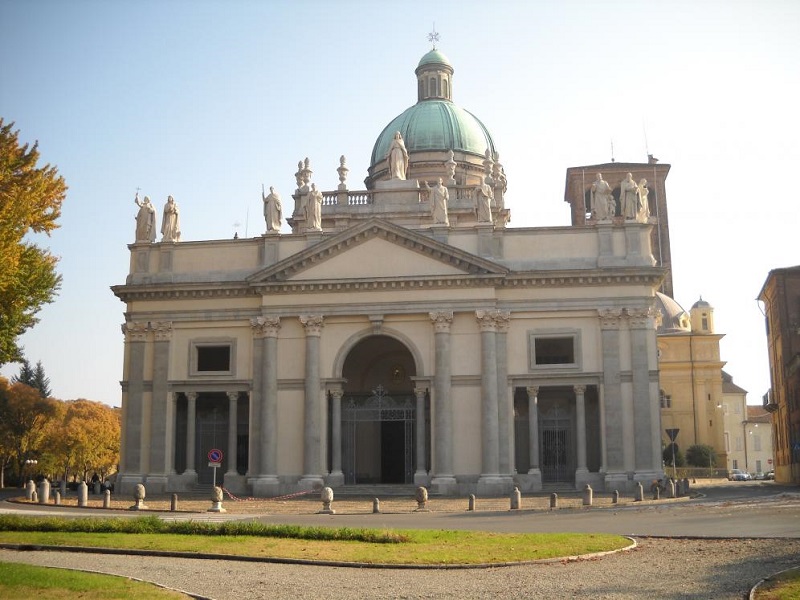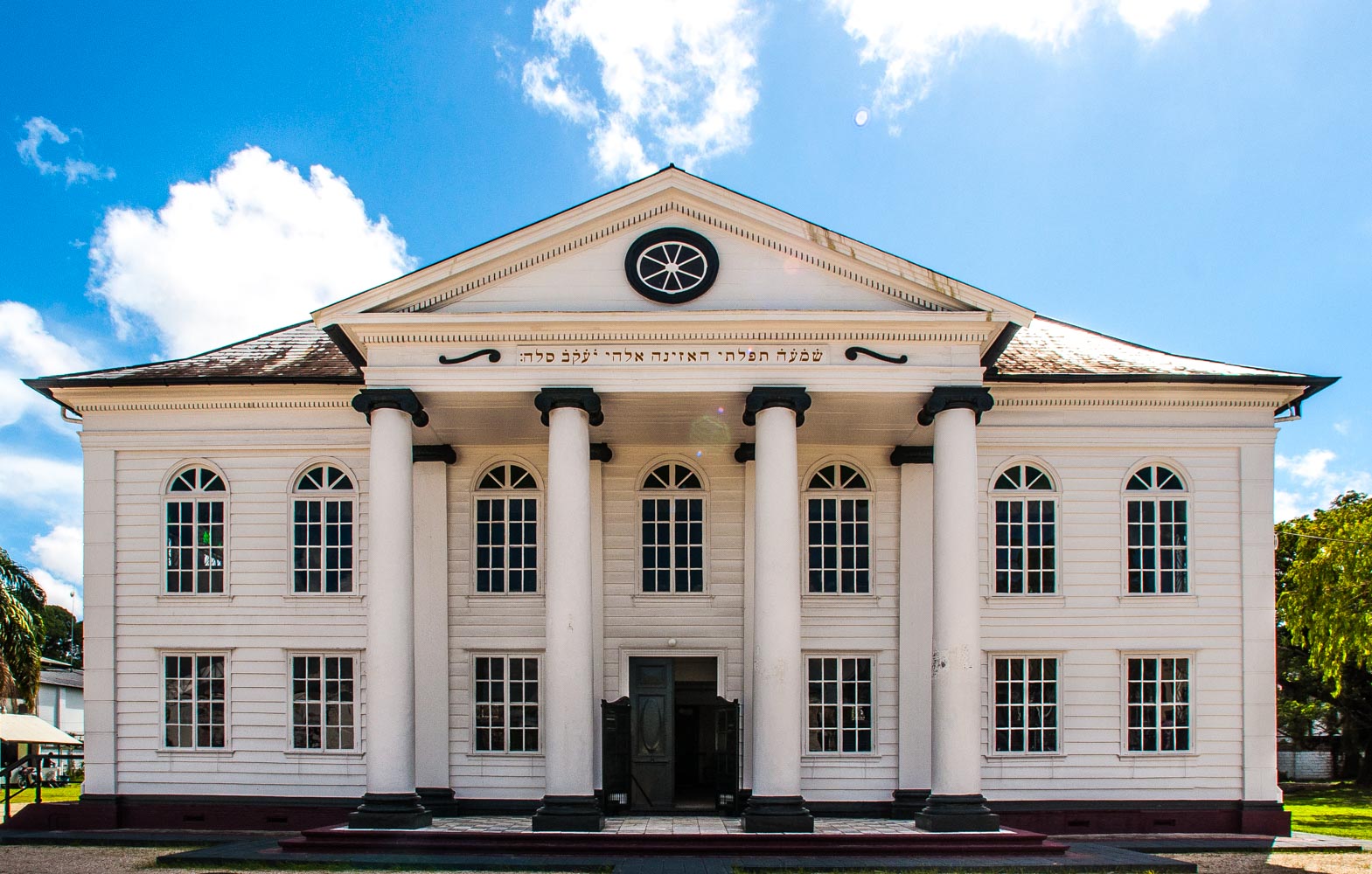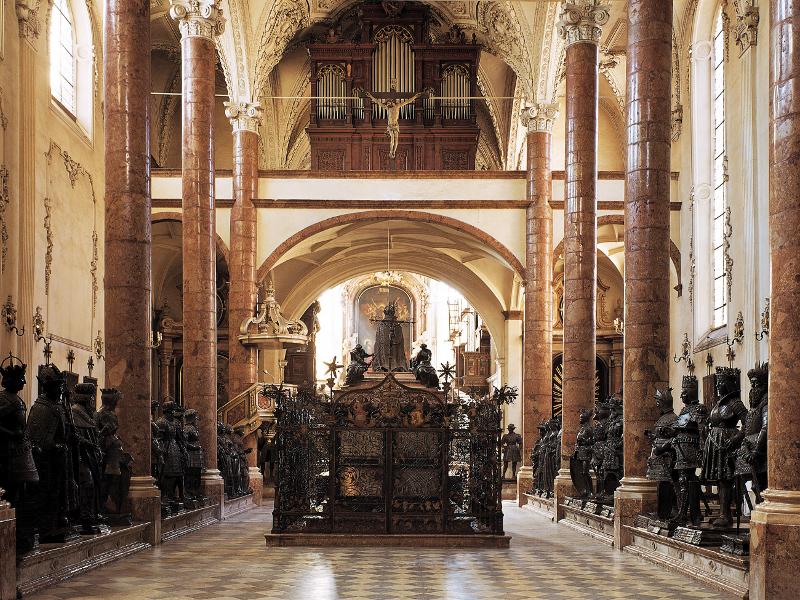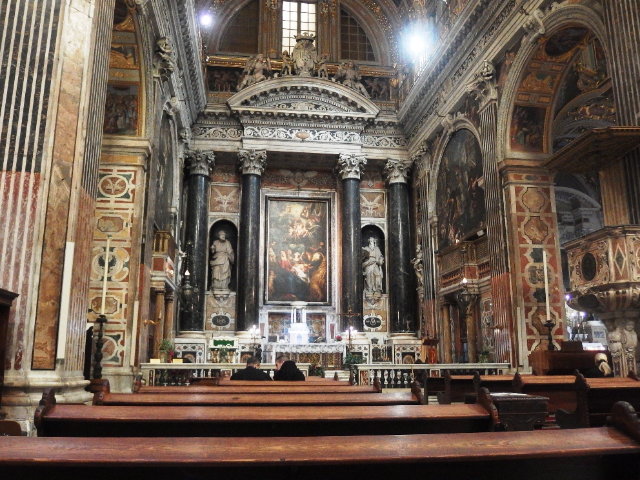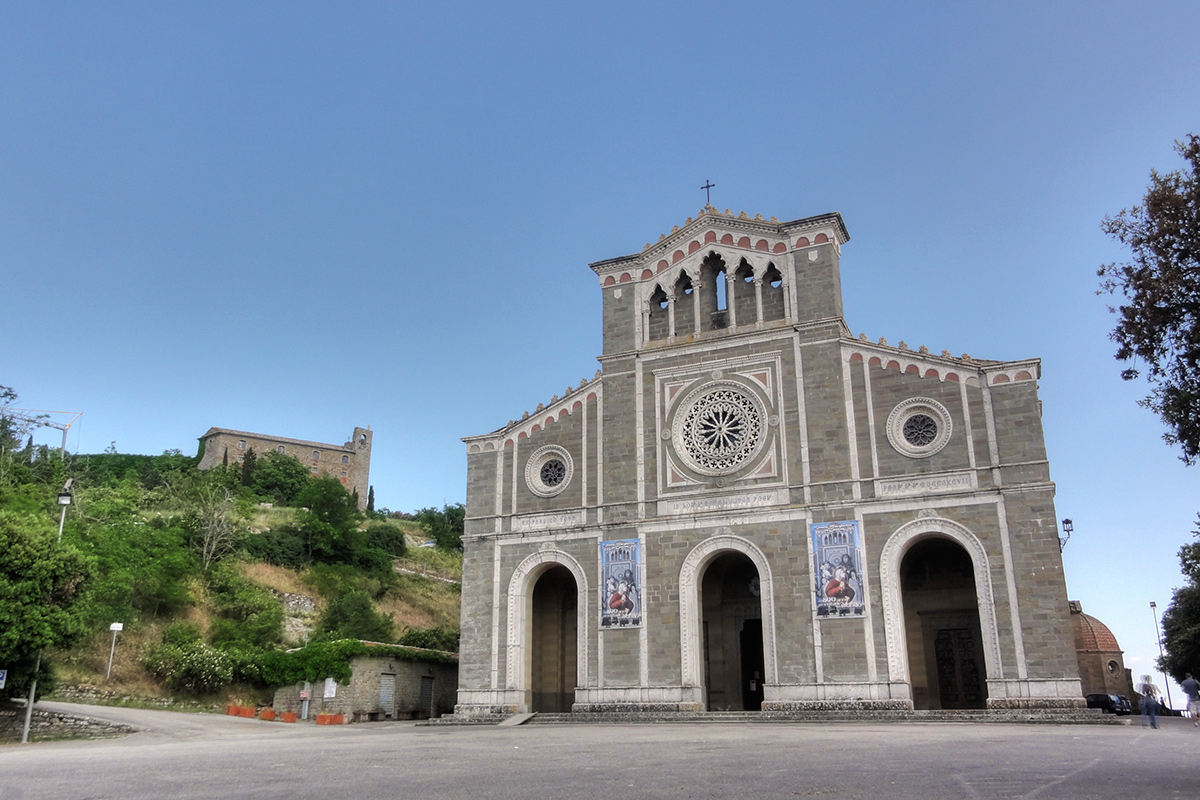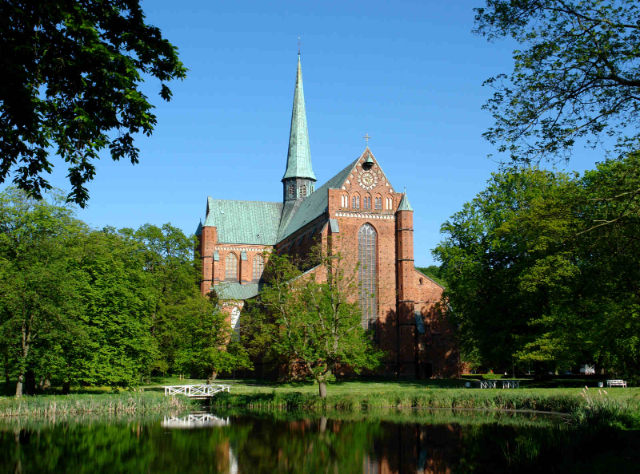The Cathedral, also majestic, is dedicated to Saint Eusebius, the first bishop of Piedmont and patron saint of the city. It is the main place of worship in Vercelli and stands near the place where Saint Eusebius was buried.The current Cathedral church of Saint Eusebius of Vercelli was rebuilt in 1570 at the behest of Cardinal Guido Ferrero on the pre-existing early Christian basilica. The discovery of the Saint’s body, still preserved in the Cathedral, dates back to 1581. The present structure dates back to the 16th century for the apse, to the 18th century for the naves and transept while the dome is datable to the 19th century. Starting from the middle of the 20th century, some restoration works were carried out until the important works started in 2009 under the guidance of Archbishop Enrico Masseroni and concluded in 2012. Externally, the building is striking for its grandeur: the 18th century façade (by Benedetto Alfieri) is surmounted by gigantic statues of the twelve Apostles and the Redeemer with their respective attributions (19th century). The church has a Latin cross plan with a nave and two aisles – a major central nave and two minor side aisles – divided into five bays, covered by domed vaults and supported by massive pillars surmounted by columns in imitation marble. In the apsidal area stands the great dome and the valuable wooden choir; even more remarkable is the monumental crucifix of the Romanesque period (tenth century) made of wood covered with a silver foil embossed on the front side. The Cathedral boasts a considerable number of chapels and secondary altars, among which the chapel of the Blessed Amedeo IX of Savoy and the chapel of the Madonna called "dello schiaffo" (of the slap). The only surviving element of the ancient Cathedral is the imposing Romanesque bell tower built in the 12th century: it has a square plan, with a base made of ancient ashlars and stone slabs; horizontally it is divided into four parts with rows of intertwined small arches and vertically into three zones by semi-columns.
The most recent part of the bell tower is characterized by a large belfry surrounded by three round arches on each side.
Finally, it is historically important to remember the figure of the papal nuncio Monsignor Bonomi, bishop of Vercelli, who as intermediary of the duke Emanuele Filiberto of Savoy delivered to the cardinal Federico Borromeo, on the occasion of his first pilgrimage to Turin, the most ancient and prestigious copy of the Shroud.
